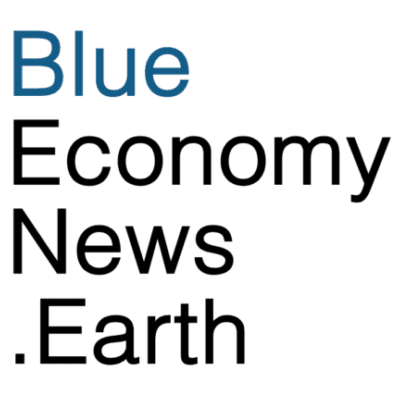South Australia is banning fish-shaped soy containers, along with styrofoam cups and plastic straws attached to food and beverages–juice boxes–in its annual rout of single-use plastic.
Every September since 2021, the country has banned some single use plastic including plastic cutlery and bags, plastic coffee cups and take away food containers. Community consultation shows South Australians overwhelmingly support action to ban single use plastic items. Of more than 3,000 people surveyed, 97% of respondents said they supported more single-use plastic items being banned.
Marine animals and birds can mistake the the fish-shaped soy sauce dispensers for food, leading to ingestion, starvation, or injury. The cap and body parts can also pose a choking hazard. If littered, they can break into microplastics, which persist in soils, waterways, and oceans.
The fish-shaped soy sauce dispensers South Australia is banning are used for just seconds yet remain in the environment for years, causing harm and contributing to microplastic pollution. They can be replaced with bulk or refillable condiment solutions, or more manageable alternatives such as sachets, squeezable packs, or certified compostable containers.
“Since the rollout of South Australia’s single-use plastic bans, Plastic Free SA has helped local businesses eliminate over 15 million single-use plastic items, including straws, cutlery, cups, and takeaway packaging,” said Melissa Rayner, Project Coordinator, Plastics Free SA.
The Plastic Free SA program, funded through Green Industries SA will continue to provide free advice for South Australian Businesses on the best alternatives for their products and services. Legally compliant alternatives are listed on Replace the Waste.
Phasing out single-use plastics is an important way to reduce pollution, cut carbon emissions and protect marine life. Without action, the annual flow of plastic into the ocean alone will nearly triple by 2040 to 29 million metric tons per year, the equivalent of 50 kilograms of plastic for every meter of coastline worldwide.

